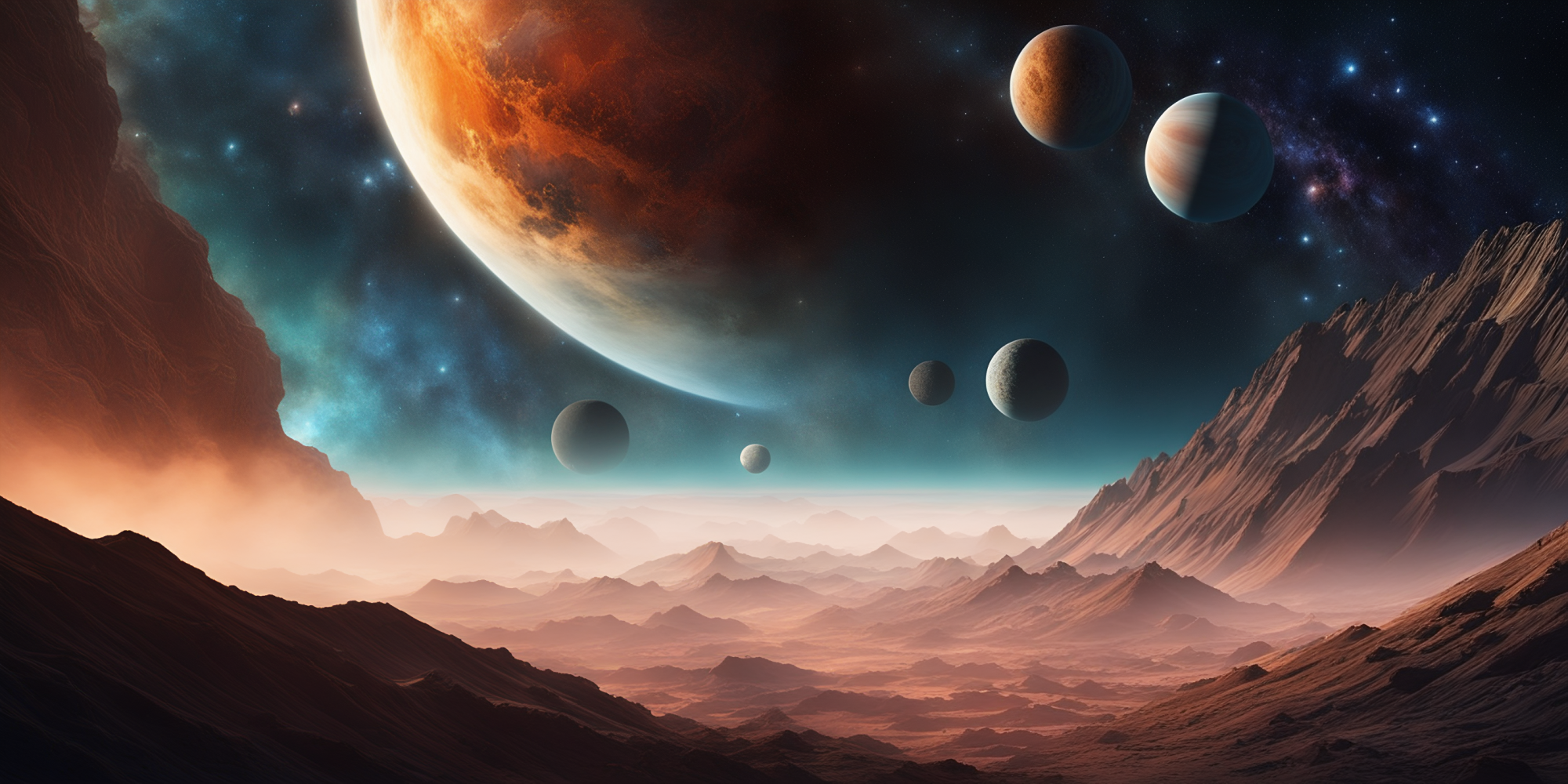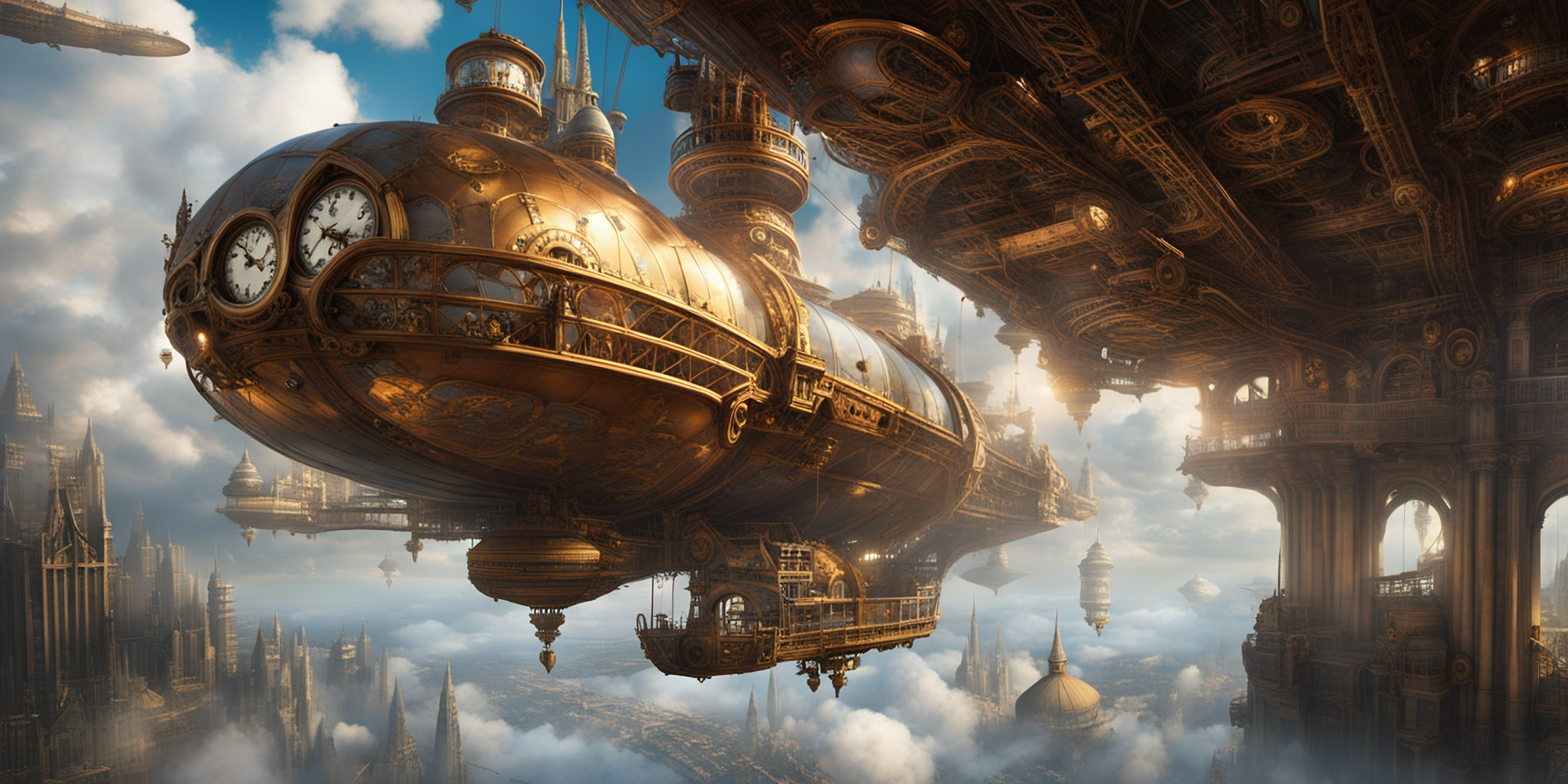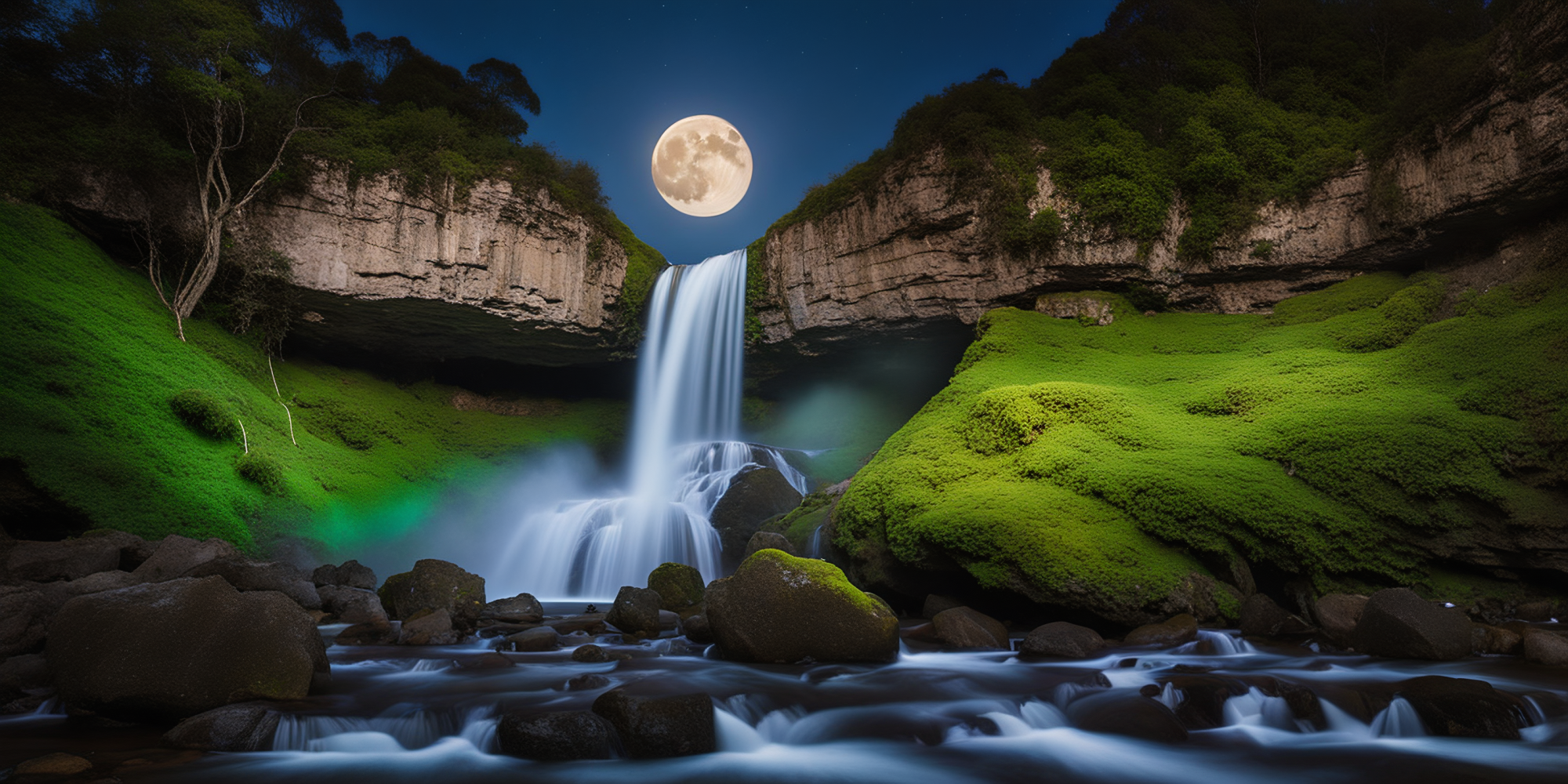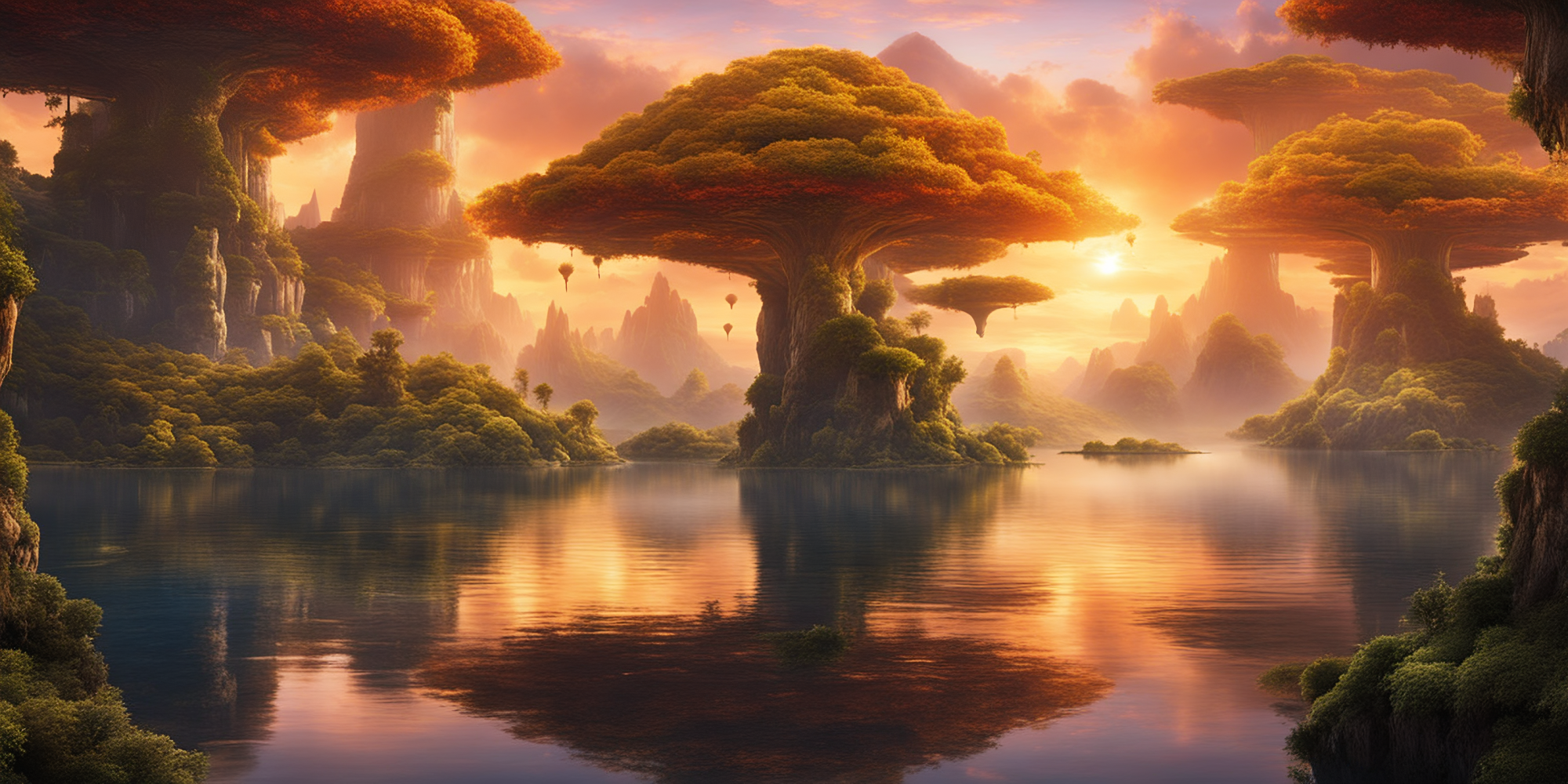A Guide to Optimal Prompts For Effective AI Image Generation

Image generation has emerged as a fascinating tool, with tools like Deep-image.ai offering users the ability to conjure captivating visuals through the power of AI.
However, the key to unlocking the full potential of these generators lies in crafting prompts that effectively communicate your vision. This g
uide will walk you through the art of writing prompts for Deep-image.ai, ensuring you get the best results and breathe life into your imagination.
Understanding Deep-image.ai
Before delving into prompt creation, it's crucial to grasp the workings of Deep-image.ai. This AI image generator utilizes advanced algorithms and neural networks to interpret and execute user-provided prompts, generating unique and often stunning images. The key is to communicate your ideas clearly and creatively, allowing the AI to understand and translate your vision into visual art.

Be Specific and Concise
When crafting your prompt, it’s important to be specific and concise. A vague instruction like "a forest scene" can lead to unclear results. Instead, try using an AI prompt generator to create detailed prompts, such as "a lush, enchanted forest with sunlight filtering through dense foliage." By including more specific details, you help the image generation tool understand your intent and produce images that better align with your vision.
Experiment with Style Keywords
Deep-image.ai allows you to specify the style of your desired image using keywords. Experiment with different style descriptors such as "surreal," "impressionist," or "minimalistic." Including style keywords can significantly influence the output, giving your generated images a distinct and personalized touch.

Use Comparative Language
Employing comparative language in your prompts can guide the AI towards the specific attributes you desire. For instance, instead of merely requesting a "mountain," you could say, "a mountain towering higher than Everest, with snow-capped peaks gleaming in the moonlight." This type of language helps set the scale and mood for your image.
Incorporate Emotion and Atmosphere
Consider the emotional tone you want your image to convey. Whether it's a serene sunset, a bustling cityscape, or a mysterious underwater world, infuse your prompt with descriptive words that evoke the desired atmosphere. Words like "tranquil," "vibrant," or "ethereal" can guide the AI in capturing the emotional essence of your vision.

Experiment with Iterative Prompts
Don't hesitate to iterate on your prompts. If the initial output doesn't quite capture what you have in mind, refine and rephrase your instructions. Experimentation is key to discovering the nuances of how Deep-image.ai interprets different prompts, allowing you to fine-tune your requests for optimal results.
Combine Elements Creativel
Push the boundaries of your creativity by combining disparate elements in your prompts. Challenge Deep-image.ai with intriguing combinations like "a futuristic cityscape with ancient ruins," fostering unexpected and imaginative results.
Embrace the fusion of contrasting elements to spark novel and visually striking compositions. This approach not only refines your artistic direction but also stimulates Deep-image.ai to transcend conventional boundaries, consistently delivering awe-inspiring and thought-provoking imagery.

Conclusion
Writing prompts for AI image generators like Deep-image.ai is both an art and a science. By being specific, experimenting with style keywords, using comparative language, incorporating emotion, iterating on prompts, and creatively combining elements, you can harness the full potential of this powerful tool.
As you embark on your AI image generation journey, remember that the beauty lies in the details of your prompts, allowing the algorithms to paint the canvas of your imagination with vivid and unique strokes.

